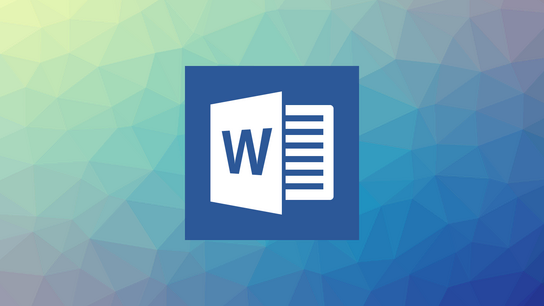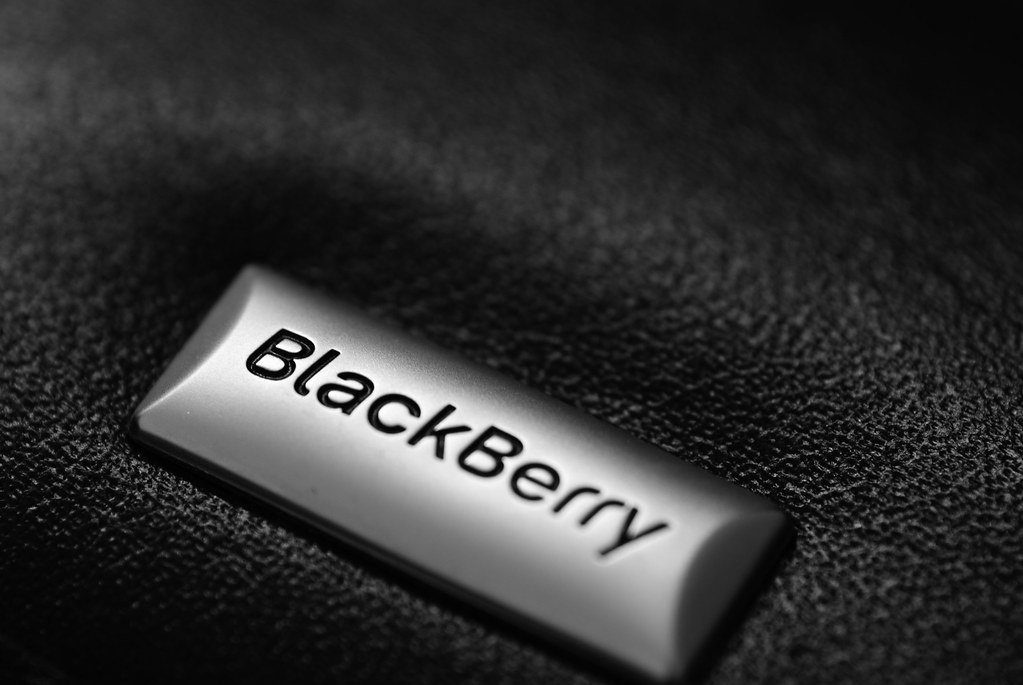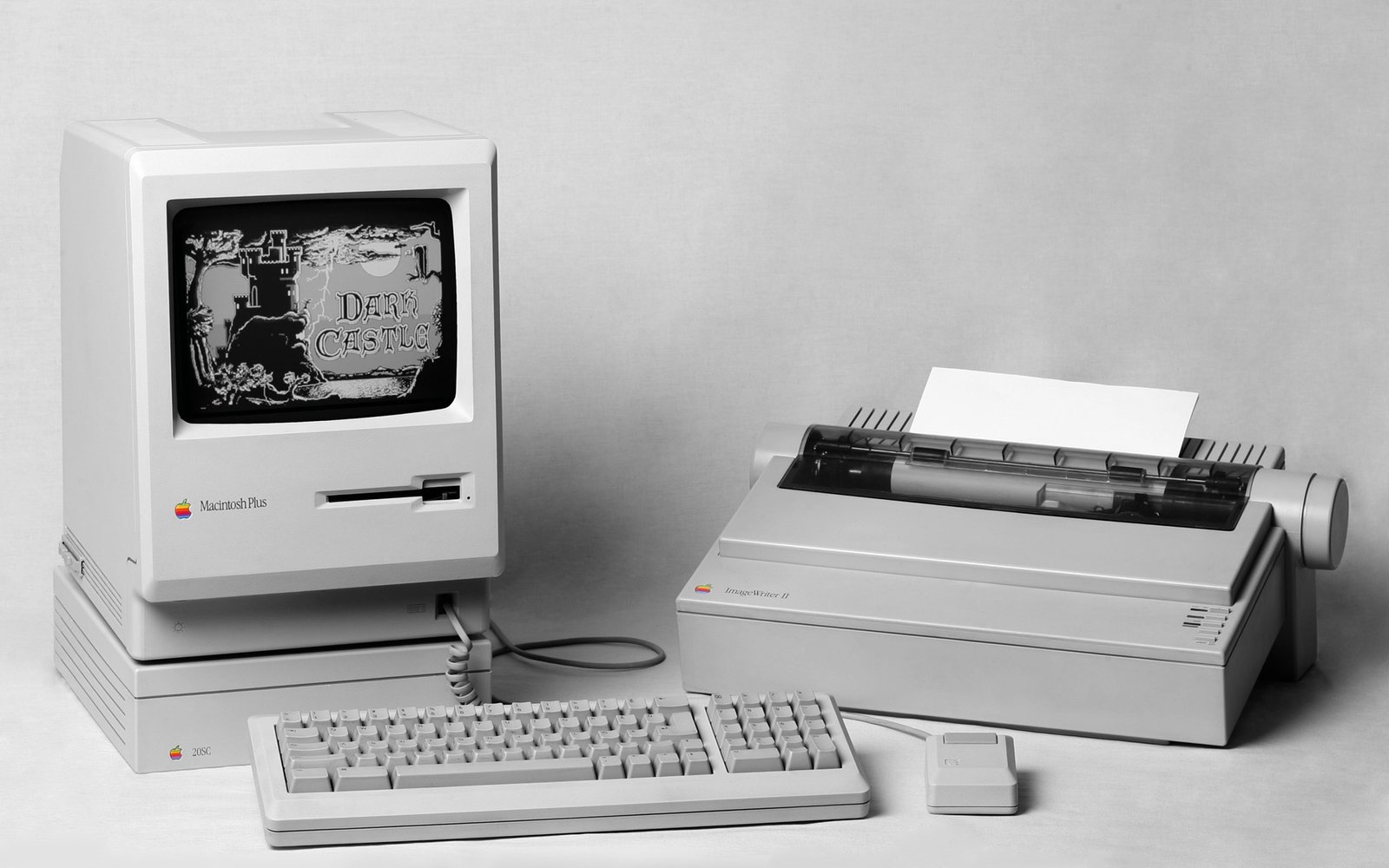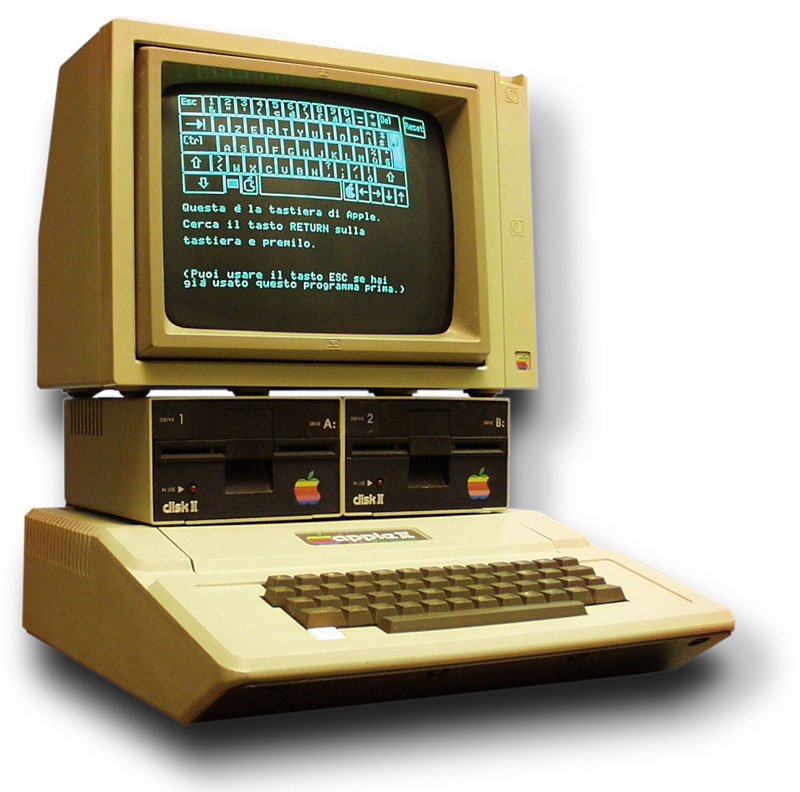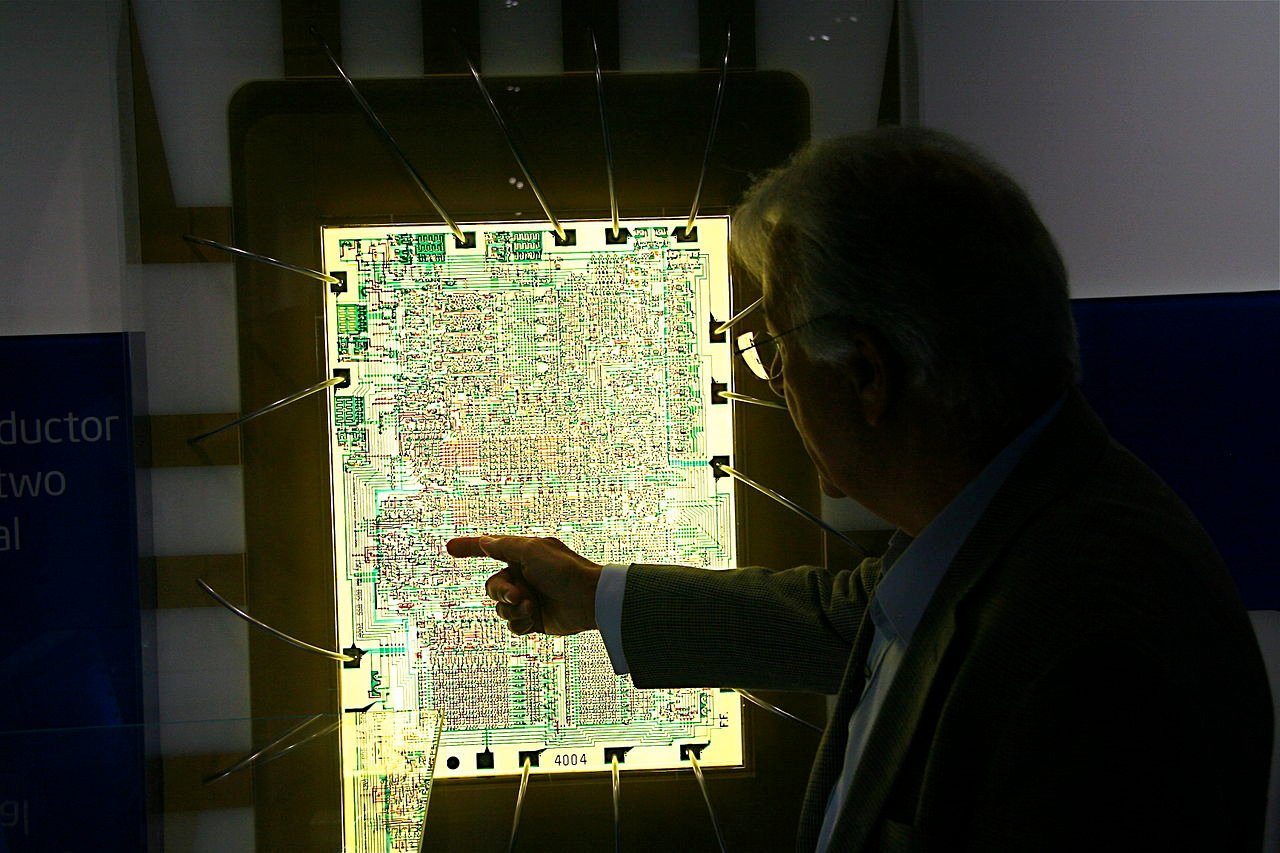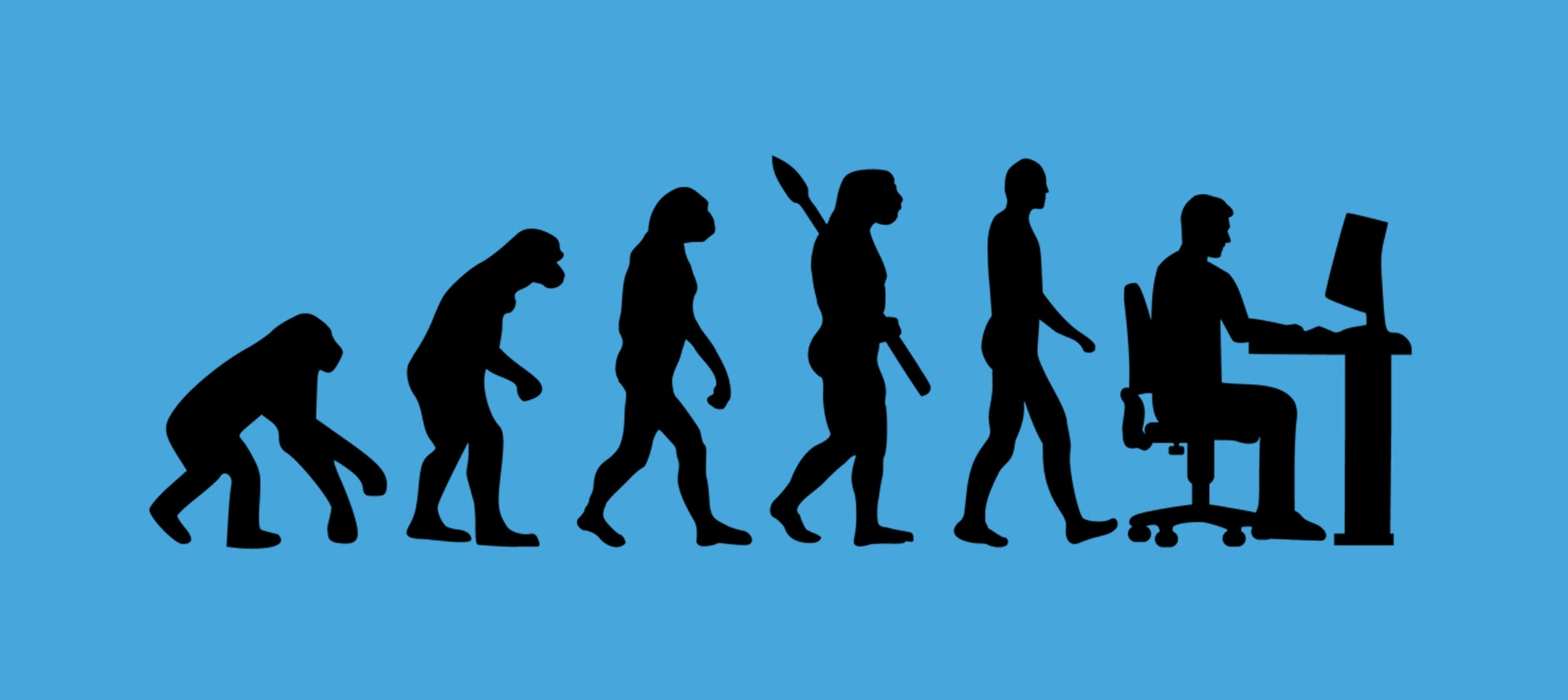In the history of personal computing, few machines are as iconic as the Apple II. Introduced in 1977, the Apple II computer helped launch the personal computer revolution and remained a beloved platform for over a decade and a half. This comprehensive journey will explore the Apple II’s origins, its various models, and how it became a cultural and educational touchstone. We’ll also delve into the development of the final Apple II models – including the Apple IIe Platinum and Apple IIc Plus – and examine when and why the Apple II line was ultimately discontinued. By the end, we’ll reflect on the Apple II’s legacy and the enduring mark this computing icon left on history.
Table of Contents
A Revolution Begins: The Birth of the Apple II (1977)
The Apple II story begins in the late 1970s. In April 1977, Steve Jobs and Steve Wozniak unveiled the Apple II at the West Coast Computer Faire, introducing a ready-to-use home computer that broke new ground. Unlike many DIY kits of the era, the Apple II came fully assembled in a sleek plastic case, complete with a built-in keyboard and the ability to display color graphics on a TV or monitor.
This Apple II computer was powered by a MOS 6502 microprocessor running at about 1 MHz and initially came with just 4 KB of memory (expandable up to 48 KB). It included Wozniak’s Integer BASIC programming language in ROM and could use an ordinary audio cassette drive for data storage in its early days.
The original Apple II’s simple, appliance-like design with a built-in keyboard made computing approachable to a broad audience. The inclusion of color graphics was a big selling point – the Apple II’s rainbow-striped logo proudly signified its ability to display color at a time when most competitors were monochrome. Soon, Apple introduced an optional floppy disk drive (the Disk II) in 1978, which vastly improved data storage and loading speed over cassettes. The combination of ease-of-use, expandability through internal expansion slots, and the availability of the Disk II made the Apple II a versatile machine for both hobbyists and professionals.
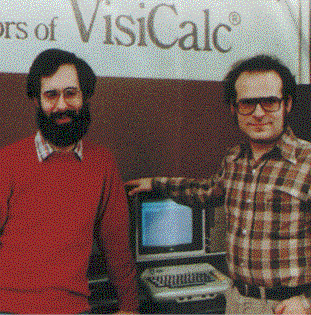
Crucially, the Apple II also gained a killer app that helped push it into offices: VisiCalc, the first spreadsheet program, debuted on the Apple II in 1979. Suddenly, this little home computer became an essential business tool for accountants and planners. Alongside business use, the Apple II found a strong following in homes and schools. Apple aggressively marketed it to education, offering discounts to schools and producing an abundance of educational software.
By the early 1980s, the Apple II was the first computer widely adopted in American classrooms, beating out early rivals like the Commodore PET. Students across the U.S. were learning to program and playing educational games (like the legendary Oregon Trail) on Apple IIs, which cemented the Apple II’s cultural and educational significance.
Apple II Plus: Floating-Point BASIC and Growth (1979)
As the popularity of the original Apple II grew, Apple released an improved model in 1979: the Apple II Plus. At a glance, the Apple II Plus looked very similar to its predecessor, but it featured important upgrades under the hood. Notably, it came with the new Applesoft BASIC language built-in to ROM, replacing the original Integer BASIC. Applesoft BASIC (developed by Microsoft for Apple) supported floating-point mathematics, which meant the Apple II Plus could handle more complex calculations – a useful feature for business and scientific programs. This made the Apple II Plus more powerful and versatile for advanced users.
The Apple II Plus also typically shipped with more memory (often the full 48 KB of RAM was installed by default as memory prices dropped). Aside from those changes and some minor tweaks to the keyboard and circuitry, the II Plus maintained full compatibility with the original Apple II software and peripherals. It was essentially a refinement of an already successful formula.
The Apple II Plus helped Apple expand to international markets as well: localized versions like the Apple II Europlus (for Europe and other regions) and the J-Plus (for Japan) were introduced, adapting the machine to different video standards and keyboard layouts. By 1981, the Apple II Plus had effectively replaced the original Apple II and kept the platform’s momentum strong.
Apple IIe: The Long-Lived Workhorse of the 1980s
By the early 1980s, the Apple II platform was thriving, but competition was growing and technology had advanced. In 1983, Apple introduced the Apple IIe (the “e” stood for “enhanced”), which would go on to become the most popular and long-lived model in the series. The Apple IIe was designed to be more cost-effective to manufacture while adding useful new features. It came standard with 64 KB of RAM (a significant boost at the time) and included built-in support for displaying lowercase letters (earlier models had been uppercase-only by default). The IIe’s video output could now display text in both 40-column and, with an easy memory expansion, 80-column modes, which was great for word processing and other text-intensive applications.
The Apple IIe retained backward compatibility with most Apple II software and peripherals, but it simplified the internal design. It reduced the chip count by using newer integrated circuits, making the system more reliable and cheaper to produce. Expansion was still a core strength: the IIe kept the internal expansion slot architecture (though it changed one slot to an “auxiliary slot” for memory and display enhancements).
Users could plug in expansion cards for additional memory, better graphics, connectivity to networks, and more. In practice, the Apple IIe became the workhorse of schools, homes, and small businesses throughout the 1980s. Many people who grew up in that decade have fond memories of the IIe humming away in computer labs and bedrooms.
Apple released a couple of noteworthy updates to the IIe during its lengthy lifespan. In 1985, an Apple IIe Enhanced upgrade kit was offered, updating the machine’s CPU and firmware to better match Apple’s newer models (it gave the IIe the same 65C02 processor and other improvements found in the Apple IIc, which we’ll discuss next). Then, in 1987, Apple introduced a revised IIe often called the Apple IIe Platinum.

This final iteration of the IIe got a modernized look with a light gray (“Platinum”) colored case to match Apple’s late-’80s design language, and it even built in a numeric keypad – a first for the Apple II family. The Platinum IIe also came from the factory with 128 KB of memory (thanks to a built-in memory expansion card) and had a revised keyboard layout that moved the “Reset” key and changed the modifier keys to the same symbols used on the Macintosh (the Open and Solid Apple keys became “Command” and “Option”). These refinements were mostly cosmetic and minor, but they kept the Apple IIe feeling up-to-date. The Apple IIe, especially in its Platinum form, quietly soldiered on even as Apple’s attention shifted elsewhere.
Apple IIc: A Portable Apple II for the Masses
By 1984, portable computing was the new buzzword, and Apple sought to make a more compact version of the Apple II. In April 1984 – just three months after launching the Macintosh – Apple held an event billed as “Apple II Forever” to emphasize its continued commitment to the Apple II line. The star of that show was the new Apple IIc, a sleek, luggable adaptation of the Apple II designed for portability. The Apple IIc featured a built-in 5.25-inch floppy disk drive and packed the essential hardware of an Apple II into a chassis that was much smaller and lighter than the desktop Apple IIe. It even had a carrying handle that flipped down to prop the machine up at an angle for typing.
The Apple IIc was Apple’s first compact Apple II model, shown here with its small companion monitor. Unlike modern laptops, the IIc didn’t have a built-in display or battery. However, its compact size made it easy to carry from place to place, which was a big deal in an era when most computers were bulky desktop boxes.
The Apple IIc was the first Apple product to adopt the Snow White design language (a clean, off-white aesthetic that Apple used for late-1980s products), giving it a very polished look. Under the hood, it introduced the 65C02 processor, a slightly improved, low-power version of the 6502 chip, though it still ran at the familiar 1 MHz speed. It came with 128 KB of RAM, which meant out-of-the-box it could do everything an expanded Apple IIe could, including the 80-column text and higher-resolution graphics modes.
The Apple IIc was often described as a “portable” Apple II or a “transportable” because you could tuck it under your arm. It included many built-in interfaces that previously would have been expansion cards – ports for connecting a printer and modem, connectors for an external floppy drive, and even support for an optional small LCD display. By integrating these features, Apple removed the need for internal slots, which was a trade-off: the IIc had no user-accessible expansion slots like the IIe did. This meant you couldn’t easily add internal upgrades, but Apple’s goal was to make a plug-and-play computer that just worked out of the box for the average user.
The Apple IIc had a successful launch, and many appreciated its blend of power and portability. It wasn’t a true laptop, but you could set it up at different locations easily. Schools and families who didn’t need expansion capabilities found it appealing. Over time, Apple issued a few minor revisions of the IIc (adding memory or slight enhancements), but the major next step in the portable line would come a few years later with a model that turned out to be the last Apple II ever released.
Apple IIGS: The Apple II Goes 16-Bit
Even as the Apple IIe and IIc were enjoying success, the mid-1980s brought a new wave of 16-bit computers with advanced graphics and sound. Apple didn’t want its loyal Apple II customers to be left behind, so in 1986 they released the Apple IIGS – a model that took the Apple II lineage into the 16-bit era. The Apple IIGS (the “GS” moniker was often said to stand for “Graphics & Sound”) was a radical step up for the series. It featured a 16-bit 65C816 processor running at 2.8 MHz, which was much more powerful than the old 8-bit 1 MHz 6502.
The machine came with 256 KB of RAM (expandable to several megabytes) and introduced vastly superior graphics capabilities: the IIGS could display up to 4096 colors and offered higher resolution video modes that dwarfed the graphics of earlier Apple IIs. Likewise, its sound hardware was a revelation for Apple II fans – the IIGS included an Ensoniq sound synthesizer chip capable of multi-channel music and sound effects, making it one of the most capable sound machines of its time.
The Apple IIGS was the most advanced model of the Apple II family, shown here complete with its ADB keyboard, mouse, and dual floppy drives. Importantly, the Apple IIGS managed to offer all these new features while retaining backward compatibility. Inside, it had a chip (called the “Mega II”) that replicated the functionality of an Apple IIe, allowing the IIGS to run virtually all the old Apple II 8-bit software. Users could boot up their trusty Apple II disks and use most of their existing peripherals in an IIGS’s expansion slots, ensuring a smooth transition for those upgrading from earlier models.

At the same time, the IIGS introduced a more modern operating environment (eventually called GS/OS) with a graphical user interface that felt somewhat like a hybrid of Mac OS and Apple II. It could even read Macintosh 3.5” diskettes with additional software, bridging the gap between Apple’s past and future.
The Apple IIGS earned positive reviews for its capabilities and is fondly remembered as a technically impressive machine. However, it arrived at a challenging time. By 1986-87, Apple was heavily focused on the Macintosh as the future of the company. The Apple II line, though still profitable and popular especially in schools, wasn’t getting the same marketing love. There’s an enduring sentiment among enthusiasts that the IIGS’s potential was never fully realized because Apple didn’t want it to outshine the Macintosh.
Nonetheless, the IIGS carved out its niche, especially in the education market, where it offered schools an affordable way to run Apple II software and some more modern programs as well. The Apple IIGS was effectively the penultimate model of the series – after its release, only one more Apple II model would be introduced.
The Last Apple II Models: Apple IIe Platinum and Apple IIc Plus
By the late 1980s, the Apple II family was nearing the end of its run. Apple’s Macintosh line was clearly the company’s priority, but Apple II sales were still trickling in, especially from loyal users and the education sector. In a final effort to update the lineup’s appeal, Apple introduced two last refreshes: the Apple IIe Platinum (discussed earlier, in 1987) and the Apple IIc Plus in 1988. These were the last Apple II models to be released by Apple, serving as the swan song of the Apple II era.
The Apple IIe Platinum, as mentioned, was largely a cosmetic and minor technical update to the existing IIe. Its significance lies in the fact that it carried the torch of the Apple IIe all the way into the early 1990s, making the IIe line one of the longest-lived computer models in history. With its modernized case and keyboard, the Platinum IIe symbolized Apple’s attempt to keep the beloved workhorse looking “new” alongside late-’80s Macs.
Internally it wasn’t much different from the enhanced IIe, but by bundling 128 KB of memory and supporting double high-resolution graphics out of the box, it saved users the trouble of upgrading. Many schools continued buying the Apple IIe Platinum for a few years, as it was a reliable and well-understood platform with a huge software library for education.
The Apple IIc Plus, introduced in September 1988, was a more significant send-off. This model was essentially a turbocharged version of the portable IIc, and it holds the title of the last new Apple II model that Apple ever launched. From the outside, the IIc Plus looked similar to the prior IIc, but it came in the newer platinum gray color and had a few key upgrades.
First, Apple replaced the old floppy drive with a built-in 3.5-inch high-density floppy drive (the same style used on Macs), giving it about six times the disk capacity of the older 5.25-inch floppies. This was a nod to the changing times, as software was moving to 3.5-inch disks by the late ’80s. However, it was a double-edged sword: Apple II software traditionally came on 5.25-inch disks, so IIc Plus owners often needed an external 5.25-inch drive to use their existing programs, which caused some friction among users at the time.
More exciting was the IIc Plus’s performance boost. It featured a 65C02 processor running at 4 MHz – four times the clock speed of every other Apple II (which all ran at roughly 1 MHz). This made the Apple IIc Plus the fastest 8-bit Apple II ever. Programs loaded quicker and games ran smoother, though for compatibility the IIc Plus could also slow down to the standard speed when needed. Additionally, the IIc Plus had an internal power supply (no more external “brick” adapter) and shipped with 128 KB of RAM and the Apple IIe’s extended memory/firmware enhancements built-in. In essence, it was the ultimate refinement of the Apple IIc concept: compact, faster, and more modern storage.
The Apple IIc Plus received a modest welcome. It impressed the tech press with its speed, but by 1988 many consumers (and Apple itself) were looking toward more advanced machines. Apple didn’t heavily promote the IIc Plus, and it ended up being something of a limited release (not even officially sold in Europe). In fact, the IIc Plus had the shortest lifespan of any Apple II model, as it was discontinued by 1990. Still, for die-hard Apple II fans, it was a bittersweet milestone – the last new member of a legendary computer family.
Apple II Series Timeline (1977–1993):
- 1977 – Apple II introduced (original model).
- 1979 – Apple II Plus debuts, replacing the original.
- 1983 – Apple IIe launched (updated with Enhanced version in 1985).
- 1984 – Apple IIc (compact portable Apple II) released.
- 1986 – Apple IIGS released (16-bit graphics & sound, backward compatible).
- 1987 – Apple IIe “Platinum” revision (final version of IIe).
- 1988 – Apple IIc Plus released (last new Apple II model).
- 1992 – Apple IIGS discontinued (December).
- 1993 – Apple IIe discontinued (November); end of Apple II production.
End of an Era: The Discontinuation of the Apple II (1993)
The late 1980s and early 1990s marked the gradual sunset of the Apple II line. After the Apple IIc Plus came out in 1988, no new Apple II models were developed. Apple was channeling nearly all of its energy into the Macintosh platform and new technologies. The Apple IIGS, which had shown the potential of an advanced Apple II, was quietly discontinued in December 1992. The venerable Apple IIe (by then only sold in its Platinum form) managed to hang on a little longer – it remained available primarily to educational institutions that still relied on Apple IIs for teaching. But by autumn of 1993, even the stalwart IIe’s time had come.
On November 15, 1993, Apple officially ceased production of the Apple IIe, effectively bringing an end to the Apple II product line after over 16 years of continuous production. There was no grand announcement or parade; the Apple II line was quietly retired with a short notice. Apple’s final nod to its lineage was the Apple IIe Card for Macintosh, an expansion card introduced in 1991 that allowed certain Macintosh models (like the Macintosh LC series) to run Apple II software.

This card let schools and users bridge the transition by plugging an Apple II brain into a Mac. Fittingly, this Apple IIe Card was the very last Apple II-related product to be discontinued (in October 1993). When it was dropped, the Apple II’s long run was truly over.
Why did the Apple II line end? The reasons were a mix of technological progress and business strategy. By the early ‘90s, the personal computing landscape had shifted dramatically from the days when the Apple II reigned. The IBM PC and its clones had become the standard in many businesses. Apple’s own focus was on the Macintosh, which offered a more modern graphical user interface, more power, and a forward-looking software ecosystem. The Apple II, with its 8-bit roots (even the 16-bit IIGS was built for backward compatibility first and foremost), was a technology from a prior era. It became increasingly challenging for Apple II models to keep up with new demands like advanced GUIs, networking, and multitasking.
Additionally, within Apple, there was a desire to streamline the product lineup. Supporting two very different platforms (Mac and Apple II) was resource-intensive. By discontinuing the Apple II, Apple could concentrate on the Mac without any internal competition. It’s worth noting that the Apple II was an incredible success story – even in 1985, a year after the Mac debuted, Apple II systems made up the majority of Apple’s computer sales. But as the 80s turned into the 90s, sales of Apple IIs declined as customers moved to newer platforms. The Apple II had simply done its job and more; it was time to move on.
The end of the Apple II era was met with nostalgia from those who grew up with the machines. While Apple didn’t make a big public fanfare in 1993, users and publications commemorated the moment. The Apple II had survived far longer than most computers of its generation, leaving an indelible mark on computing history.
The Legacy of the Apple II
More than four decades after its debut, the Apple II’s legacy still shines brightly. This was the computer that arguably made Apple a household name and helped shape an entire industry. From a technological perspective, the Apple II introduced design elements that became standard: it showed that personal computers could be user-friendly and ready to run right out of the box, not just circuit boards for hobbyists. Its expandable architecture – those internal slots – set a precedent for computer extensibility, allowing users to add capabilities as they needed. The Apple II also pioneered the adoption of the floppy disk drive in personal computing, thanks in part to Steve Wozniak’s ingenious Disk II design which made disk storage affordable.
Culturally and educationally, the Apple II had an even greater impact. It was the machine on which millions of people wrote their first program or played their first computer game. In schools, the presence of Apple IIs throughout the 1980s taught a generation of students the basics of computing. Many of today’s programmers, engineers, and tech entrepreneurs can trace their passion back to an Apple II in a school lab or family den, where they learned to tinker with code in BASIC or LOGO. The Apple II also democratized computing in business – with applications like VisiCalc, it proved that a small personal computer could do the work that previously required a room-sized mainframe.
Even the later Apple II models like the IIGS influenced future designs. Features such as graphical operating systems, synthesizer-quality sound, and device connectivity in the Apple IIGS foreshadowed what would become standard on later computers. And the Apple II’s longevity – staying on sale for over 15 years – speaks to the robustness of the platform and the loyalty of its user base.
Today, the Apple II is a cherished part of computing history. Working Apple IIs and their software are preserved by enthusiasts, and there’s still a vibrant community of retro-computing fans who keep these machines alive. Apple II emulators exist that let modern users experience the magic of this classic platform. Apple itself has occasionally acknowledged the Apple II’s importance; for instance, in 2017 (the 40th anniversary of the Apple II’s launch) the company and community reflected on how the Apple II set the stage for Apple’s later innovations.
In retrospect, the Apple II’s story is one of a groundbreaking start, a rich evolution through multiple improved models, and a graceful exit as the computing world advanced. The end of the Apple II line in 1993 marked the close of an era, but what a remarkable era it was. The Apple II series not only established Apple Inc. as a major player in tech, but it also left an enduring legacy in the hearts and minds of those who used it. It truly was the end of a computing icon – but the influence of that icon will never be forgotten.

